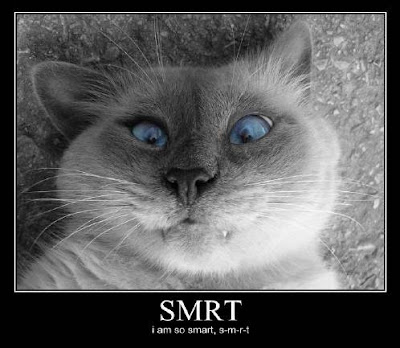It's one of the things every gamer expects, especially in the fantasy genre (a personal favourite is the boiling down of D&D and its ilk to "killing things and taking their stuff"). Gamers are a simple bunch, really, and what we want is gratification. We want to engage in certain behaviours, and we are a lot happier when we get rewarded for them.
Imagine you were playing in a system where you weren't supposed to kill people. Where, instead of slashing people open and finding candy, you found merely pain and suffering (Hi, Unknown Armies!). It's not as much fun to be rewarded with a mental disorder as it is to be rewarded with shiny things.
And by God, I do love a good shiny thing.
But, I have seen people not really consider what they are doing. Take, for instance, the GM who let me find 1,000 copper coins, and seemed to "forget" that they weighed anything. Not that I complained, of course, but people see "treasure" as some abstract resource, and as such, just hand out the amount of money the book says they should get. And don't bloody start me on magic items as part of treasure - I've seen GMs do it like the Legend of Fuckin' Zelda, where you kill a monster, and find a +1 sword in the chest it was guarding!?
 |
| DUH DUH DUH DUUUUUUHHHHH! |
Valuable, Cool, and Unique Treasures!
1. 956 roughly-hewn golden coins, marked with the mint of an ancient empire. Several have been defaced, scoring off the old Emperor's face. Their value varies - some might take them as gold standard, some will claim them "worthless" as the Empire no longer exists, and some might see them as a lot more valuable for just that reason.
2. A collection of figurines, which appear to have been crafted from obsidian. Dwarves and others with appraising skills will notice there are no tool marks - they look like the obsidian was poured into a mould and left to set. Now, where do you find liquid obsidian?
3. Several bolts of high-quality phase spider silk, inlaid with Dwarven runic patterns. These are a relic of a time when the Dwarves and Deep Elves/Drow used to not only trade, but worked together to create such works of art. Some might wish to own it, while the Dwarves might buy it off you to hide the shame of their ancestors...
4. Amongst a large pile of weapons, you find one particular short sword. It doesn't look much - there are spots of rust, and a few scrawled runes on the blade, almost worn off with use. What is special about it, is that it seems to have cleft several of the other weapons in twain as it was tossed into the pile, rather haphazardly. Researching the runes will show it belonged to an ancient warrior from the Norther Reaches, Grimne Pelt-Taker, who was renowned for killing his enemies with mighty blows that could cleave their armour as easily as their bones. However, you're not near the Northern Reaches - so how did it get here? It's a basic +1 sword, but with a cool bit of fluff!
5. A list of customers for one of the city's highest-charging brothels, specialising in things that would make any courtly maiden blush. There's a lot of people who would give you lots of money to get that list...
6. A Drow "painting", which is somewhat more like a sculpture - there are no colours (they have Darkvision, remember?), simply a staggering amount of variation in brushstrokes, depth and texture of paint. Worth a lot to the right collectors - Drow don't trade with outsiders all that often, especially in works of art.
7. A set of small figurines, delicately crafted from a variety of materials. They represent thin, lithe warriors, variously armed, with articulated joints and a feeling of warmth coming from them. They're actually old Elven training toys, teaching children the art of the sword and magic - by setting each down and reciting a certain word in Elven, they will display the various stances and somatic movements required of the Elven martial and magical arts. These can be used to grant bonus abilities and feats (say, an extra spell or a particular maneuver, great for those using the Book of Nine Swords or similar). These generally only work for Elves and Half-Elves, though someone with great force of will or a natural knack with magic might manage it as well. They are worth a lot of money (and maybe Favours and Prestige) to the larger Elven communities.
8. A bottle of Liquid Obsidian - pour it out and expose it to air, and it will form into pure obsidian within 30 seconds. Collectors of curios and adventurers alike will find a lot of worth in this one.
9. A bottle of what appears to be wine. However, it smells... wrong. It's actually a mix of Drow wine, troll blood, and Doppleganger blood - it grants the user a good bonus (+5 or +10) to all Disguise checks, or for stronger brews, the spell Alter Self as a spell-like ability for 1 hour per dose. And average bottle has 5 doses. Warning, it tastes foul, and might have some... unusual side effects (GMs, go wild!).
10. An ornate hand mirror, carved from the bones of a dragon, and inlaid with Draconic scrimshaw. What kind of dragon would make such a trinket from another dragon? And why is it scaled for a human instead of a dragon?















